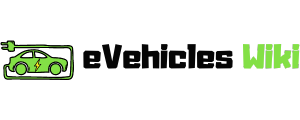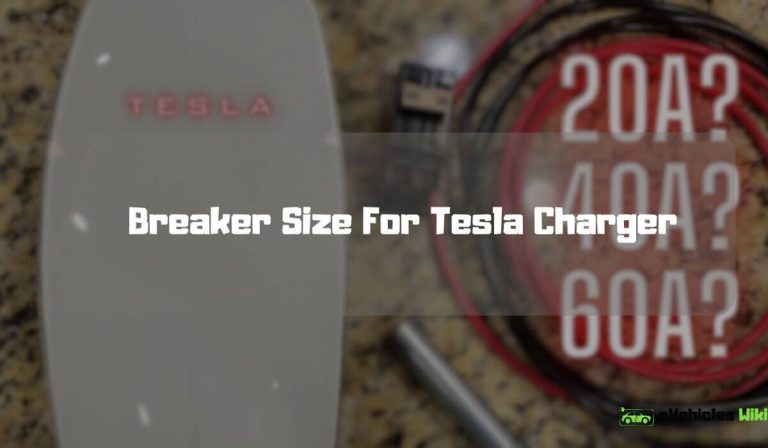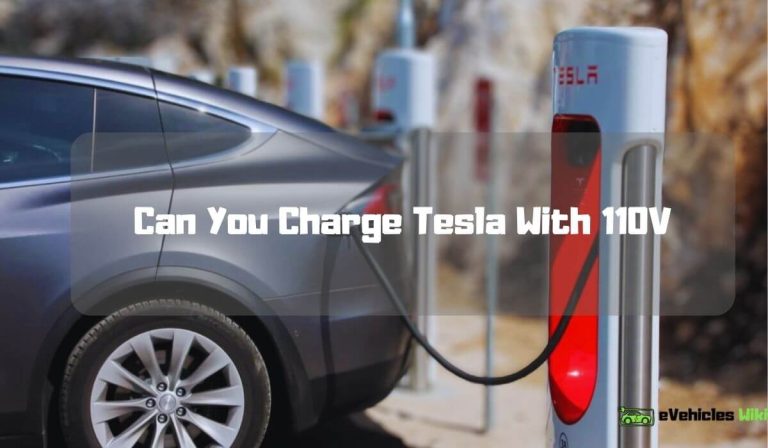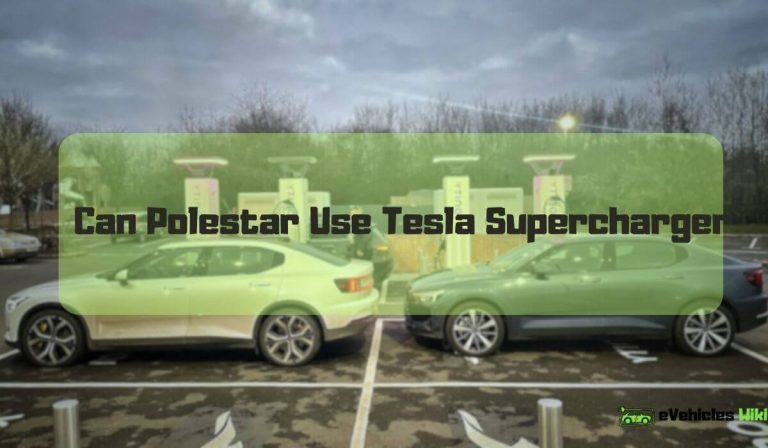Why Do Tesla Superchargers Slow down
Tesla superchargers slow down because of the high demand for charging, causing the charging station to distribute power among multiple vehicles. Owners of electric vehicles prioritize quick and efficient charging, and tesla superchargers were designed to cater to that need.
However, as the number of tesla vehicles increases, the demand for charging also increases. This leads to a decrease in the charging rate as the station distributes power among the electric vehicles that are in need of charging. While the superchargers are still faster than most charging stations, the decrease in charging rate is noticeable, and sometimes frustrating for tesla owners.
In this article, we will delve deeper into why superchargers slow down, and how this affects the charging experience.
Factors Affecting Tesla Supercharger Speed
As an electric vehicle owner, you may have noticed that your tesla supercharger slows down at times. This can be frustrating, especially if you’re in a hurry and need to charge quickly. However, there are several factors affecting tesla supercharger speed that you should be aware of.
Let’s explore them below.
The Role Of Temperature In Charging Speed
The temperature of the battery affects its charging speed. Charging is fastest when the battery is at its ideal temperature range, which is typically between 50-86°f (10-30°c). When the battery is too cold or too hot, the charging speed decreases.
Therefore, it’s best to charge your tesla when the battery is at its optimal temperature range.
- Charging speed decreases when the battery is too cold or too hot
- Ideal temperature range for charging is 50-86°f (10-30°c)
The Age Of The Battery And Its Impact On Charging
The age of the battery can also impact charging speed. As a battery ages, its capacity decreases, and it takes longer to charge. Additionally, older batteries may not be able to accept the same charge rate as when they were new.
Therefore, if your tesla battery is older, you may experience slower charging speeds.
- Older batteries have decreased capacity and may not accept the same charge rate as when they were new
- As a battery ages, it takes longer to charge
How Battery Degradation Can Cause Charging Slowdowns
Battery degradation occurs when the battery loses its capacity over time, which can cause charging slowdowns. Over time, the battery’s ability to accept a charge decreases, leading to slower charging speeds. To prevent battery degradation, it’s important to maintain your tesla’s battery health.
This includes avoiding charging the battery to 100% capacity or letting it drain completely.
- Battery degradation can cause charging slowdowns
- Over time, the battery’s ability to accept a charge decreases
Overall, there are several factors affecting tesla supercharger speed that you need to consider. These include the temperature of the battery, the age of the battery, and battery degradation. By understanding these factors, you can take steps to ensure that your tesla charges as quickly and efficiently as possible.
Understanding Tesla Battery Management System
An Overview Of Tesla’S Battery Management System
Tesla’s battery management system is one of the most integral components of its vehicles. It manages the battery’s charging, discharging, and temperature, ensuring that it remains in optimal condition. The system consists of several subsystems that work together to monitor and regulate the battery’s state of charge and overall health.
Here are the key points to understand about tesla’s battery management system:
- It constantly monitors the battery’s temperature and adjusts the charging rate accordingly.
- The battery management system ensures that the battery is neither overcharged nor undercharged.
- It also manages the thermal heating and cooling of the battery pack to keep it within the optimal temperature range.
How It Regulates Charging Speed
One of the key functions of tesla’s battery management system is regulating the charging speed of the superchargers. Here’s how it accomplishes this:
- The battery management system considers ambient temperature, battery temperature, and current charge level when determining how quickly to charge the battery.
- As the battery approaches full charge, the charging speed slows down to prevent overcharging and maximize battery lifespan.
- The speed of the charging also varies depending on the supercharger’s location and how many other cars are charging at the same time.
Overall, tesla’s battery management system helps ensure that its superchargers are reliable, fast, and optimized to maximize battery health and longevity.
Common Slowdown Scenarios
Why Do Tesla Superchargers Slow Down?
As a tesla owner, you may experience supercharger station slowdowns that affect the speed of your vehicle’s charging. Understanding the reasons behind these slowdowns can help you plan your road trips efficiently.
Here are some common scenarios in which tesla superchargers may experience slowdowns:
What To Expect When Charging During Peak Hours
If you stop at a supercharger station during peak hours, you may experience slower charging speeds. During peak hours, the number of vehicles that need to charge increases, which puts a significant demand on the supercharger station. As a result, you may need to wait for your turn to charge, and your vehicle’s charging rate may be lowered to allow other drivers to charge as well.
The Role Of Location In Charging Speed
The charging station’s location can also influence the speed of your vehicle’s charging. If the station has a low power supply, it may take longer to charge your vehicle fully. Moreover, if the station is located in an area with extreme temperatures, the temperature control system of the batteries activates, which slows down the charging rate.
How To Avoid Slowdowns Through Planning
You can avoid slowdowns by planning your route and charging stops. Use the tesla mobile app to find nearby supercharger stations and check their availability and the number of available charging stalls. By doing so, you can avoid stopping at stations with a high occupancy rate during peak hours.
- Before stopping at a supercharger station, check the estimated charging time and battery percentage needed to reach your destination.
- If possible, plan your stop only when your battery percentage is lower than 20% to avoid unnecessary charging time.
- Avoid rapid charging to extend the battery life and decrease the charging time overall.
- Keep in mind that every tesla supercharger station is different, and charging speed may vary from one station to another.
Tesla superchargers can experience slowdowns due to the high demand for charging during peak hours and the station’s location. However, planning ahead and using the tesla mobile app to check the station’s availability and estimated charging time can help you avoid any potential slowdowns.
The Impact Of Charging Habits
Tesla superchargers are a convenient feature for electric car owners who wish to travel long distances while reducing their carbon footprint. However, as with all types of technology, problems can arise. One of the biggest issues tesla superchargers tend to slow down over time, leaving motorists frustrated and unsure of what to do.
How Charging Habits Affect The Health Of A Tesla Battery
It’s important to remember that charging habits directly affect the health of a tesla battery. The battery is the heart of the electric car, and ensuring that it is healthy is key to maintaining charging speeds. Here are the key points to consider:
- Tesla batteries are designed to be charged frequently, but not to their full capacity
- Frequent charging can help the battery maintain optimal temperature and chemical balance
- Overcharging and letting the battery drain completely can harm the battery’s health and slow down the charging speed.
How To Adjust Charging Habits To Maximize Charging Speed
Properly adjusting charging habits can make a big difference in maximizing charging speed for electric cars. Here are some tips for electric car owners who want to optimize their charging experience:
- Avoid letting the battery drain to 0% as much as possible
- Do not overcharge the battery; stop charging once it reaches the recommended level
- Use tesla’s charging timer to start and stop charging at specific times
- Avoid charging during peak hours to reduce grid congestion
- Plan your driving routes to use charging strategically.
Remember that adjusting charging habits can take some time to get used to, but it can be beneficial in the long run. By taking these simple steps, electric car owners can ensure quick, reliable charging without any unnecessary delays.
Frequently Asked Questions For Why Do Tesla Superchargers Slow Down
How Does Temperature Affect Tesla Charging Speed?
The temperature outside affects how quickly tesla superchargers charge your car by slowing the charging rate down.
What Should I Do If My Tesla Is Charging Too Slowly?
If you’ve found that your tesla is charging too slowly, move to a different supercharger station or unplug and replug the charging cable.
How Can I Maximize My Tesla Charging Speed?
Maximize your tesla charging speed by ensuring your car battery is relatively low, navigating to your destination using your vehicle’s map app, and preheating the battery before arriving at the charging station.
Conclusion
As tesla continues to pave the way in the electric vehicle industry, it’s important to understand and address the issues that arise with the technology. The slowing down of tesla superchargers is a recurring problem that has left many tesla owners frustrated and inconvenienced.
From the data and information available, it’s clear that this issue is most prevalent during peak usage times and in areas with high traffic. Tesla’s efforts to expand their charging network and upgrade their current infrastructure are promising solutions to alleviate this problem.
It’s also important for tesla drivers to plan their trips accordingly, considering traffic and peak usage times to avoid long wait times. Despite these challenges, the benefits of driving a tesla, including the reduced carbon footprint and convenience of charging at home, far outweigh the temporary inconvenience of slower superchargers.
By continuing to prioritize innovation and addressing issues as they arise, tesla is setting a new standard for sustainable transportation.







